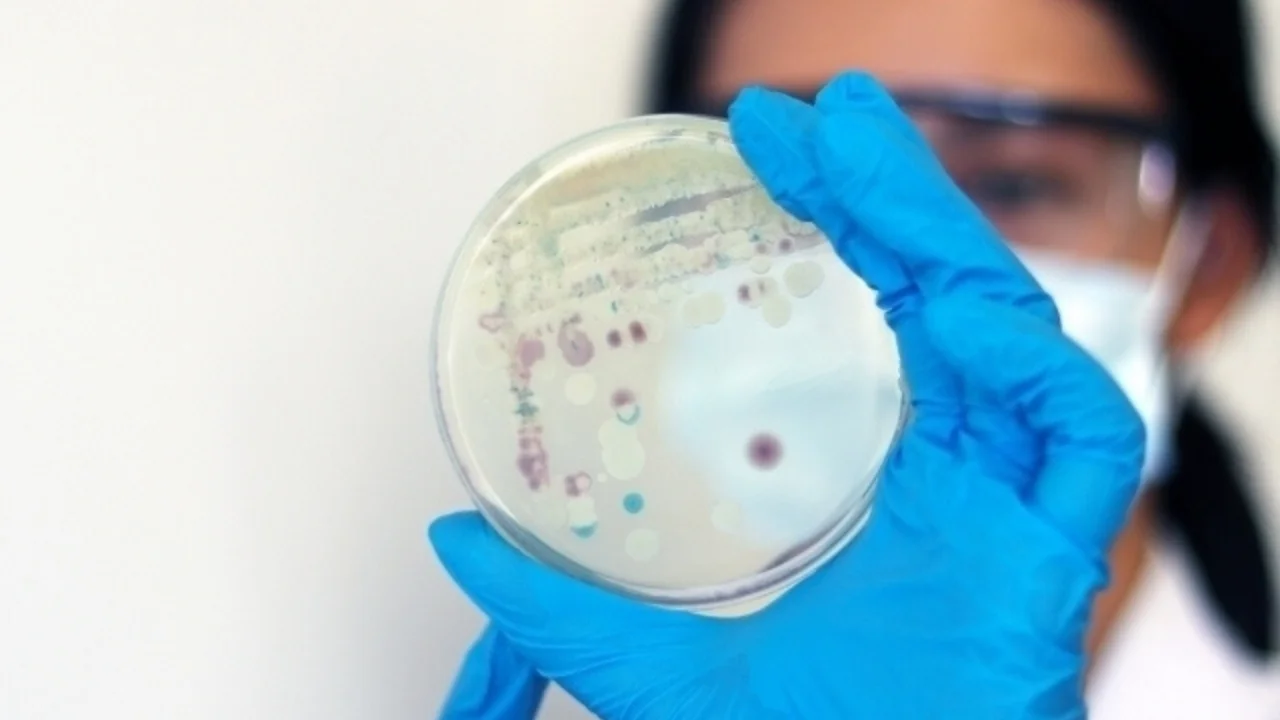
Scientists from the Sainsbury Laboratory at the University of Cambridge have discovered a fungus fossil that lived 407 million years ago in Scotland. This was reported by Zamin.uz.
This was reported by the New Phytologist journal. The discovery was made in the Winfield slanes rock layers and confirmed the existence of the earliest biological cooperation between fungi and plants — mycorrhiza.
In the mycorrhizal system, fungi help plants absorb water and minerals, while plants supply fungi with sugars. This biological cooperation is considered one of the fundamental foundations of today’s ecosystems.
The newly discovered species was named Rugososporomyces lavoisierae. This fungus was in symbiotic relationship with the ancient Aglaophyton plant and was recorded as the second fungus species associated with this plant.
Scientists studied the fossilized tissues using modern microscopy techniques and were able to clearly distinguish fungal and plant cells. Although DNA was not preserved, the presence of the fungus was confirmed through optical traces.
According to the research leader, Dr. Christine Strullu-Derrien, the branched structure of the fungus indicates that it was not a parasite but lived in cooperation with the plant. She noted that this discovery is important for understanding how fungi and plants adapted together to dry environments and the process of forming the first ecosystems.







